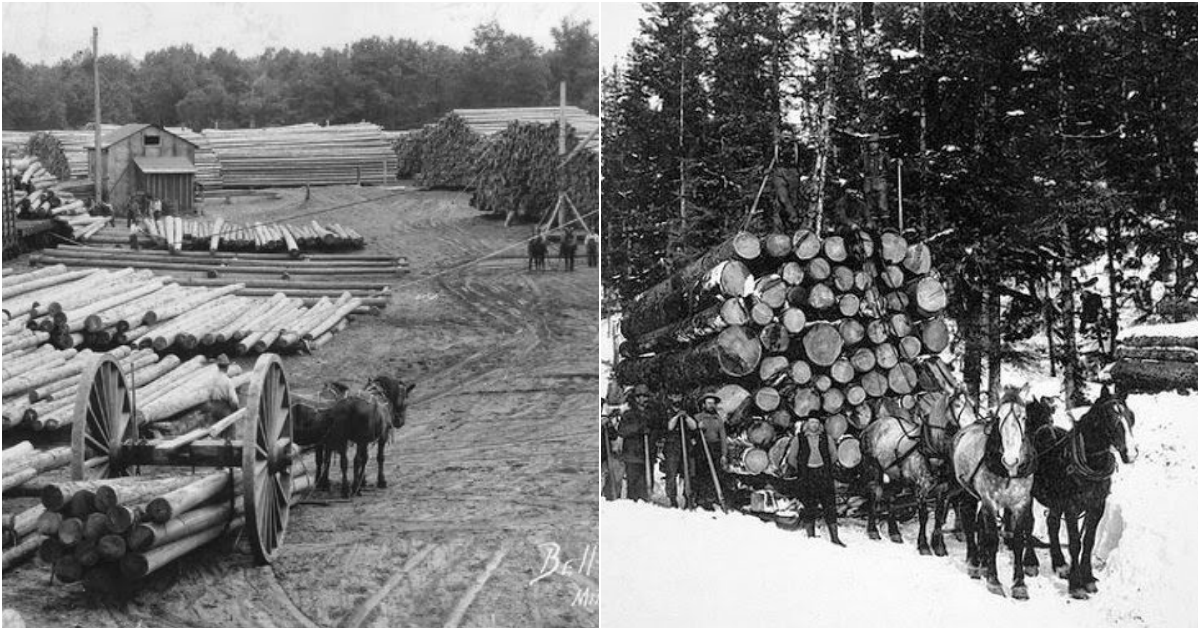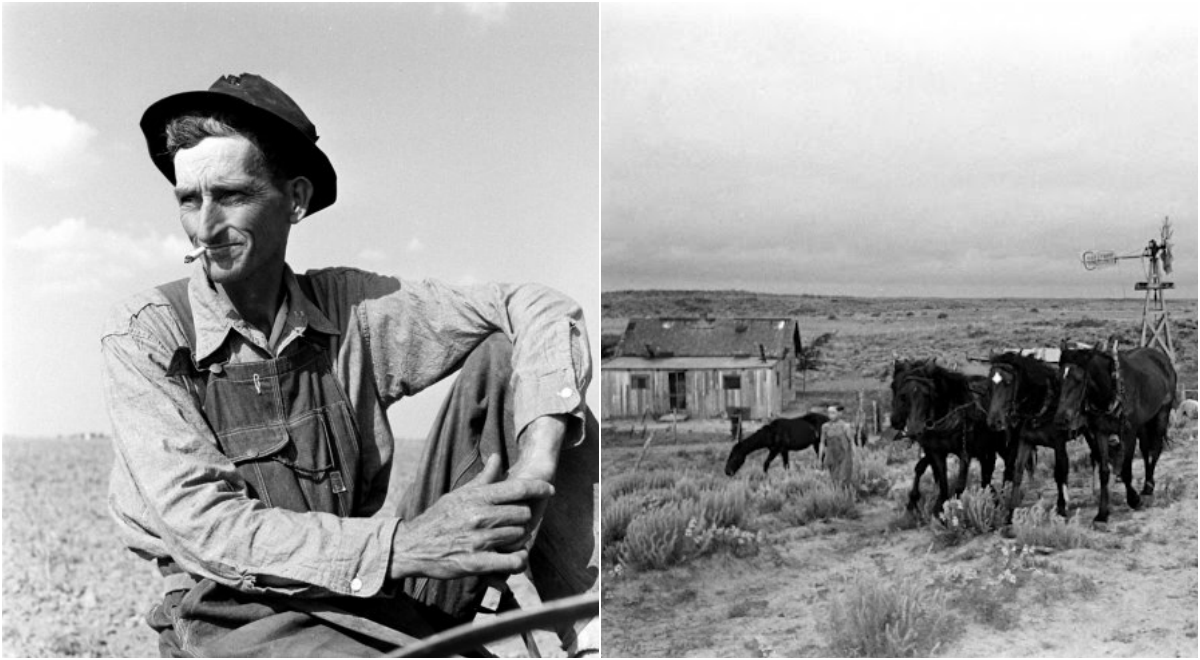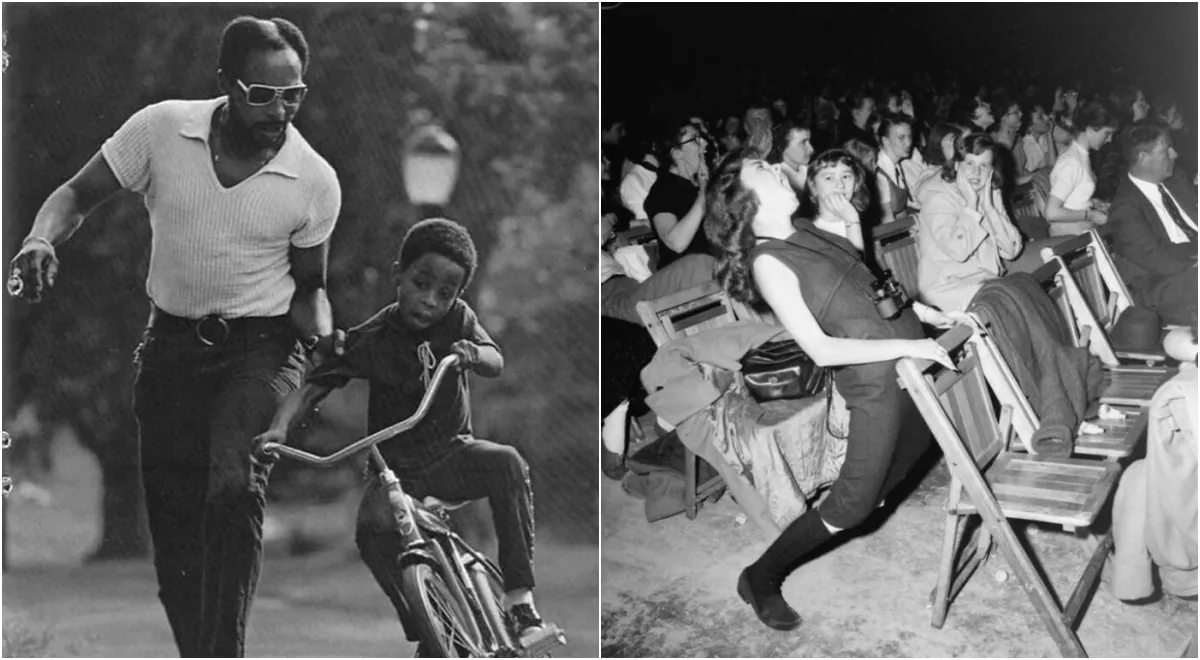
The Industrial Revolution proved to be responsible for both the rise and collapse of the heavy horse in America. Demand for draft animals was spurred on by the growing transportation, construction and agricultural needs of the nation. The last half of the 19th century made draft horse breeding both essential and profitable. Massive importations from Europe took place. The period also ushered in the development of the present day breeds of heavy horses. The number of horses and mules in The United States peaked in 1920, at about 26 million. The groundwork for today's agriculture had been laid.
The horse lost the battle of the streets to the automotive industry rather quickly. As for the battle of the agricultural fields, it fought very tenaciously, but eventually yielded in most cases to greatly improved tractor power. By 1950, it was indeed, on thin ice. “Get big or get out” was heard across the nation and many did just that. It appeared to many that the draft horse was destined for the museum, a relic of days gone by.
Since that time, the draft breeds have not only stabilized their numbers, but once more enjoy a thriving trade. The fact that the old order Amish decided in the ’20s to reject tractor power in the fields was a considerable factor, as were the dedicated breeders that had produced these splendid breeds.
.jpeg)
.jpeg)
.jpeg)
.jpeg)
.jpeg)
.jpeg)
.jpeg)
.jpeg)
.jpeg)
.jpeg)
.jpeg)
.jpeg)
.jpeg)
.jpeg)
.jpeg)
.jpeg)
.jpeg)
.jpeg)
.jpeg)
.jpeg)


